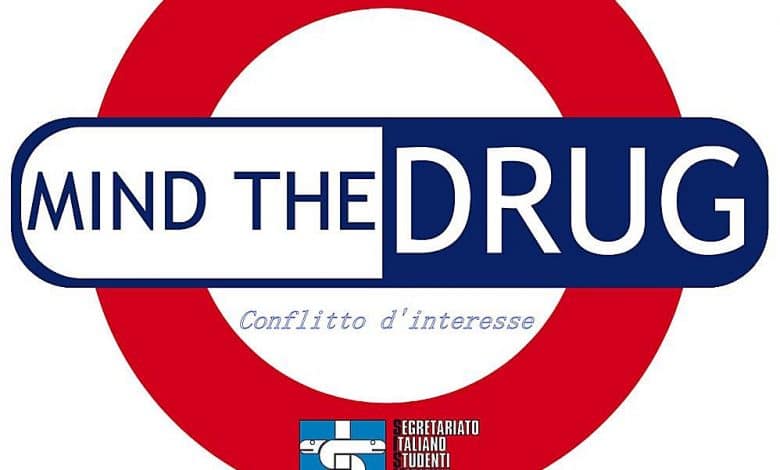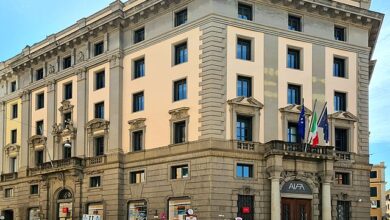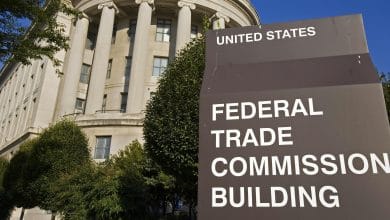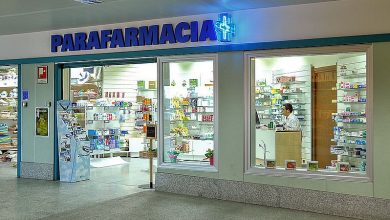
"If the doctor affixes the wording 'non-replaceable', the pharmacist cannot dispense a drug different from the one prescribed, while if this indication does not exist, he can replace the drug only if there is another equivalent one on the market at a lower price"
January 26, 2015 – PharmaKronos
AssoGenerici "understands the concerns represented by Federanziani regarding the so-called pharmaceutical zapping", but does not "share the proposal to modify the rules on substitutability".
Second Enrique Häusermann, president of the association that represents companies active in Italy in the production of equivalent medicines, "the various rules in force today draw a very clear picture: if the doctor affixes the wording 'non-replaceable', the pharmacist cannot dispense a drug other than the one prescribed, while if this indication does not exist, he can replace the drug only if there is another equivalent one on the market at a lower price.
If the doctor indicates a precise equivalent drug, indicating the molecule and manufacturer, the pharmacist has no reason or possibility to deliver another medicine, as generics usually have the same price. Finally, if only the molecule is indicated, the pharmacist can deliver the generic it has.
Maintaining the possibility of indicating only the active ingredient appears to be a rational measure, for example when prescribing a drug for acute conditions or when starting a new therapy, in which case the most important thing is to immediately start taking the drug”.
Related news: Federalians. Thats enough! Changing drug regulations and approaches. Fimmg: no prescription for active ingredient
Orlandi: no more disputes about substitution, the rule allows to remedy deficiencies
A controversy that returns to inflame doctors, patients, companies and pharmacies and whose latest episode saw Assogenerici respond to Federanziani. The clash is always the same, the prescription for an active ingredient introduced by law 135/2012 which – is the latest release on the subject by Snami, the second trade union of general medicine – would break the «therapeutic continuity of the doctor», «creating confusion in the patient» due to «packaging with different writing, colors and sizes», so much as to generate the request that «the Doctor goes back to being the sole prescriber of medicines to his patients» without «others intervening and interfering in his therapeutic choice». «I would like to underline» is the reply of Alfredo Orlandi, President Sunifar «that the rule on substitutability has made it possible, in many cases, to be able to deliver the therapy to the patient in any case even in the event of a shortage of medicines. We pharmacists are well aware of the impact of a change in the appearance of the pill for the patient and in particular for the elderly - I recall, for example, the difficulties there were in accepting the elimination of the coloring even on the same capsule - and for this reason, when we make a replacement, we do it with a thousand warnings and providing all our support to the patient, even writing instructions on the package. Having said this, I launch a provocation: if we want to remedy the situation, we could bring the experience that exists overseas of the unpacking of medicines». Having said this, «I reiterate once again that the pharmacist, in the rural but also in the urban context, is not only a trusted pharmacist, but a family pharmacist, a point of reference for the patient who goes beyond just assistance with the drug, and extends to 360° in the health and social fields. The pharmacist not only knows the patient, his therapy, but knows his family context and follows the patient continuously, with a high frequency and also on pathologies for which the patient does not go to the doctor».





